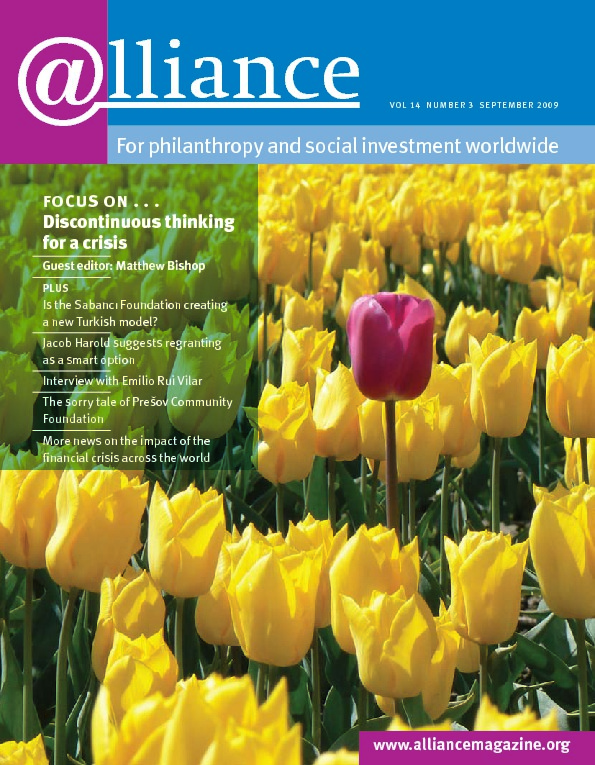People turning backyards into organic farms; architects transforming waste materials into new homes; government innovation funds supporting novel ways of managing chronic disease; communities buying wind farms or football clubs; citizens forming ‘complaints choirs’ to protest through song. These are just a few examples of social innovation. As a field, social innovation is lively and remarkably fertile but poorly understood in comparison to business and technological innovation. A new mapping project aims to change this.
There are few widely accepted concepts and metrics and little awareness of which methods work best for different tasks. The Young Foundation’s project, in collaboration with NESTA (the UK’s National Endowment for Science, Technology and the Arts), to map the methods being used by social innovators was designed to fill this gap. It provides a comprehensive survey and toolkit covering all parts of the world and all sectors (including the private and public sectors, and the informal or household sector, as well as NGOs).
The project has analysed some 500 methods – from participatory budgeting and social impact bonds to ‘social entrepreneurs in residence’ and ‘crowd funding’ methods. Two new publications, Generating Social Innovation and Social Venturing,[1] provide a detailed analysis of some 50 clusters of methods, looking in depth at issues such as which design methods work best on social projects and how to evaluate what works. A key aim was to go beyond the familiar territory of growing social enterprises, or scaling up promising models, addressing what additional tools are needed to achieve truly systemic impacts. An accompanying website – http://www.socialinnovator.info – will be launched alongside the publications. All the material will be provided free online as an open, shared resource for the growing community of organizations involved in the field.
Many of these organizations are partners in SIX – the Social Innovation Exchange. SIX, launched 18 months ago, brings together foundations such as Gulbenkian, businesses such as Cisco and Philips, and NGOs such as the Hope Institute in Korea and Fuping in China, as well as governments from the UK to Vietnam. The longer-term aim is to help the field become much more effective in turning promising ideas into reality.
1 Generating Social Innovation and Social Venturing by Robin Murray, Julie Caulier-Grice and Geoff Mulgan will be published by NESTA in November.
For more information
http://www.socialinnovationexchange.org
http://www.socialinnovator.info
http://www.youngfoundation.org
http://www.nesta.org.uk
Geoff Mulgan is director of the Young Foundation. Email director@youngfoundation.org






Comments (0)